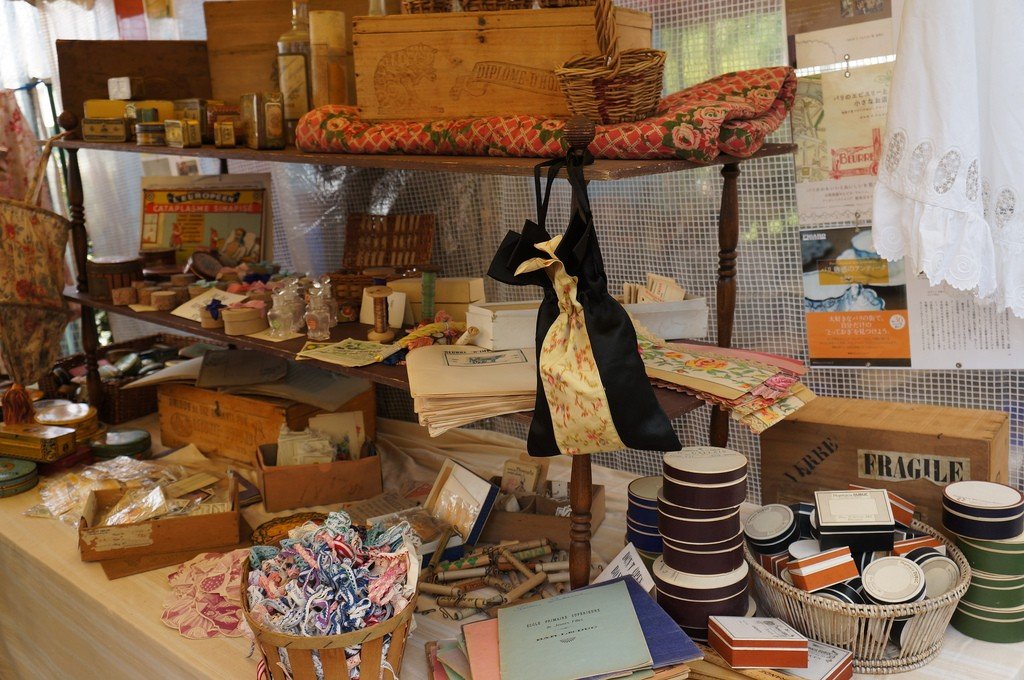Flea market in Paris (Le Puce de Saint-Ouen)
The Flea Market in Paris is a large and popular tourist market selling antiques and second-hand items, located in the northern suburb of the French capital Saint-Ouen. It appeared in the late 19th century and nowadays is one of the largest antiques markets in the world. About 5 million tourists visit the flea market in Paris every year, so St. Ouen ranks fourth among the most visited attractions in France. Given this popularity, as of recently, only those sellers who have signed formal agreements to rent retail space have been allowed to stay at the market.










Video: Flea Market in Paris
Highlights
The Flea Market in Paris is spread over 7 hectares and consists of 14 separate markets that have their own names. Some of them operate indoors while others are open-air.
.
The range of what can be seen on the stalls is extremely varied. These are modern and very old things, items made in France and brought from the far corners of the planet, cheap trinkets and very expensive goods. Tourists come here for vintage clothes and shoes, children’s toys, dishes, exotic incense and jewelry. Restored furniture, vintage posters, photographs, books, embroidered textiles, paintings, prints, vinyl records and designer lamps are in high demand.
History of the flea market
The first flea markets in Paris, the marché aux puces, date back to the Middle Ages. They got this name because all the furniture and clothes sold here were full of fleas. In 1635, by decree of Richelieu in Paris banned the trade in used things, so flea markets were moved to the nearest suburbs of the French capital.
.The St. Ouen market officially opened in 1885. In the 1920s, small neat pavilions were built instead of temporary stalls in St. Ouen. The French dubbed this market “Le Puce”, meaning “The Flea”. Recently, it is also often referred to as “Clignancourt” by the nearby subway station.
.Tourist information
Connoisseurs advise shopping at the flea market in the morning, when there are many items on display but it is not yet so crowded. It should also be remembered that, as in any market, it is customary to bargain here. With skillful bargaining and luck, the initial price of goods can be significantly reduced. However, respectably dressed buyers market sellers are not in a hurry to meet.
.The main street of the flea market in Paris is called Rosier. It is used to access the individual markets of Malassis, Dauphine, Biron, and Vernaison.
.
Active trade and an abundance of buyers attract pickpockets and thieves to this part of the city, so when traveling through stores and stores, you need to be cautious. Valuables, documents and money should be kept in a more inaccessible place, for example, put them in the inner pocket of a backpack.
.
The flea market has many cozy restaurants and cafes. Famous French designer Philippe Starck created a trendy restaurant called “Ma Cocotte” at a flea market in Paris..The market is open to the public on Saturdays from 9 a.m. to 6 p.m., Sundays from 10 a.m. to 6 p.m. and Mondays from 11 a.m. to 5 p.m.
.How to get there
The flea market in Paris is located on the northern outskirts of the city of Saint-Ouen. It can be reached by metro: line 4 (to Porte de Clignancourt station) and line 13 (to Garibaldi station). In addition, buses nos. 56, 60, 81, 95 and 341 run to the market.
.